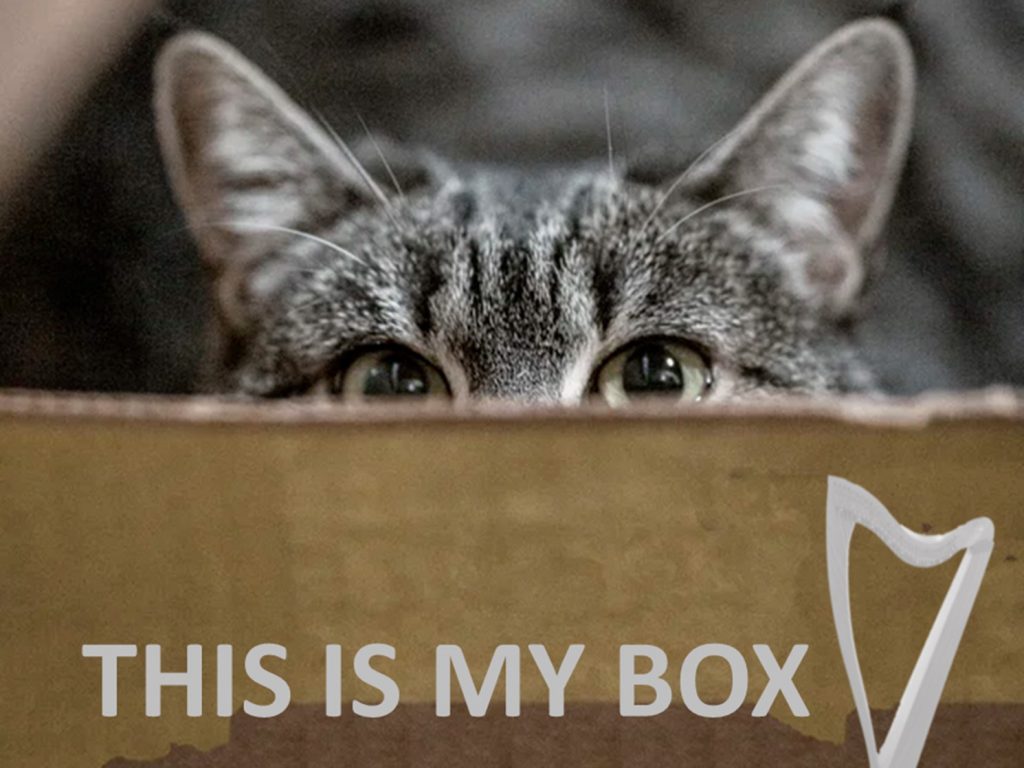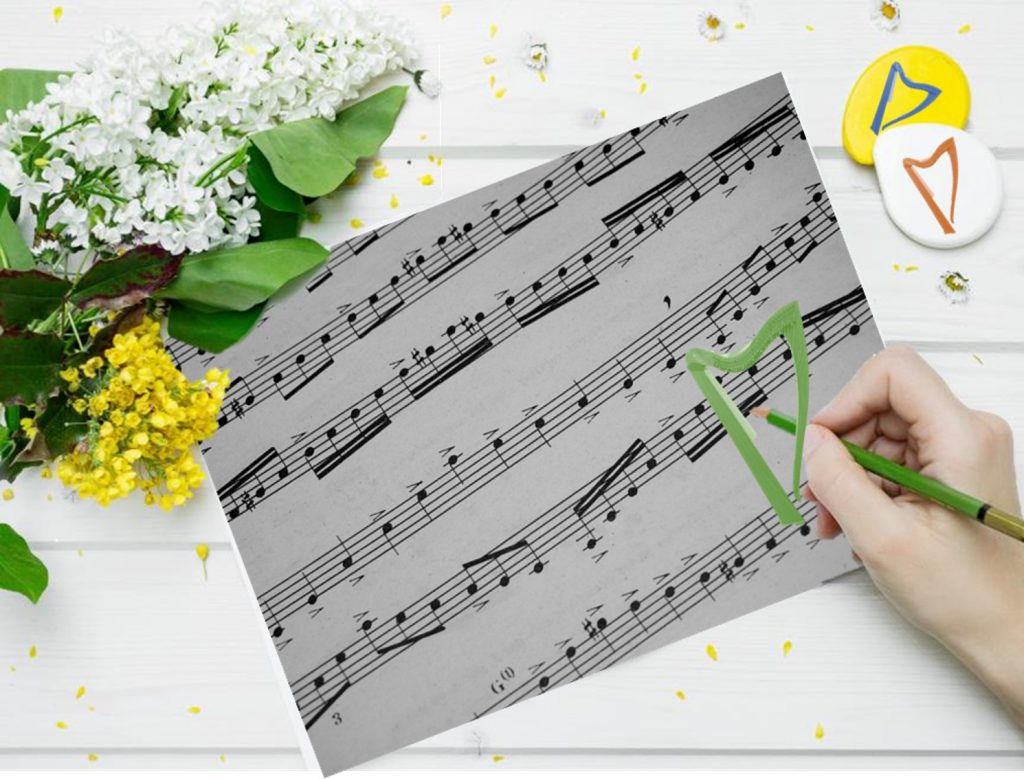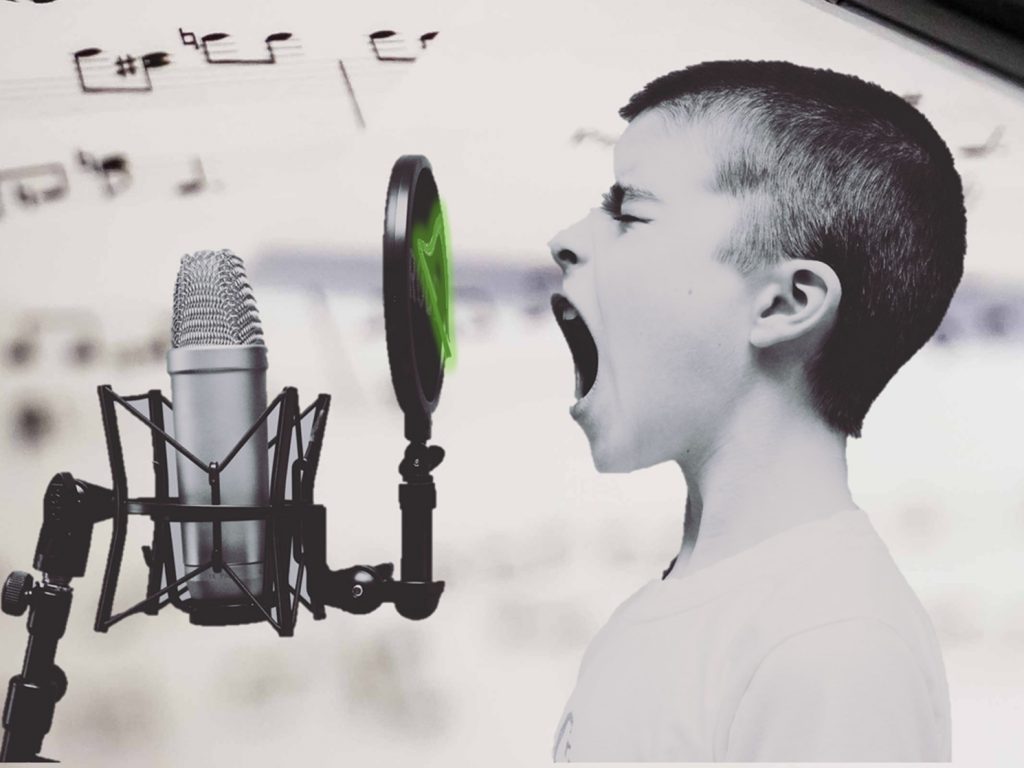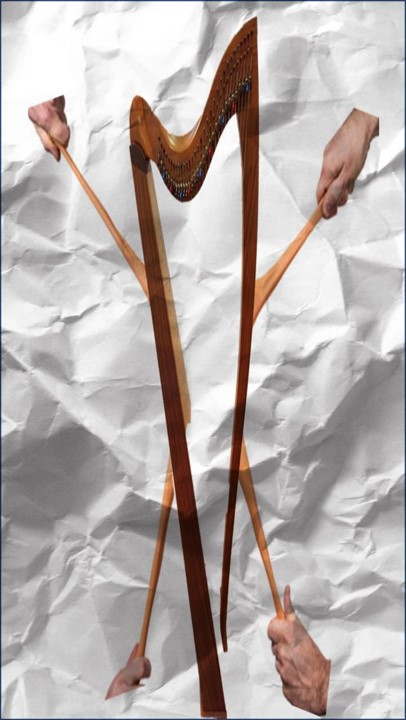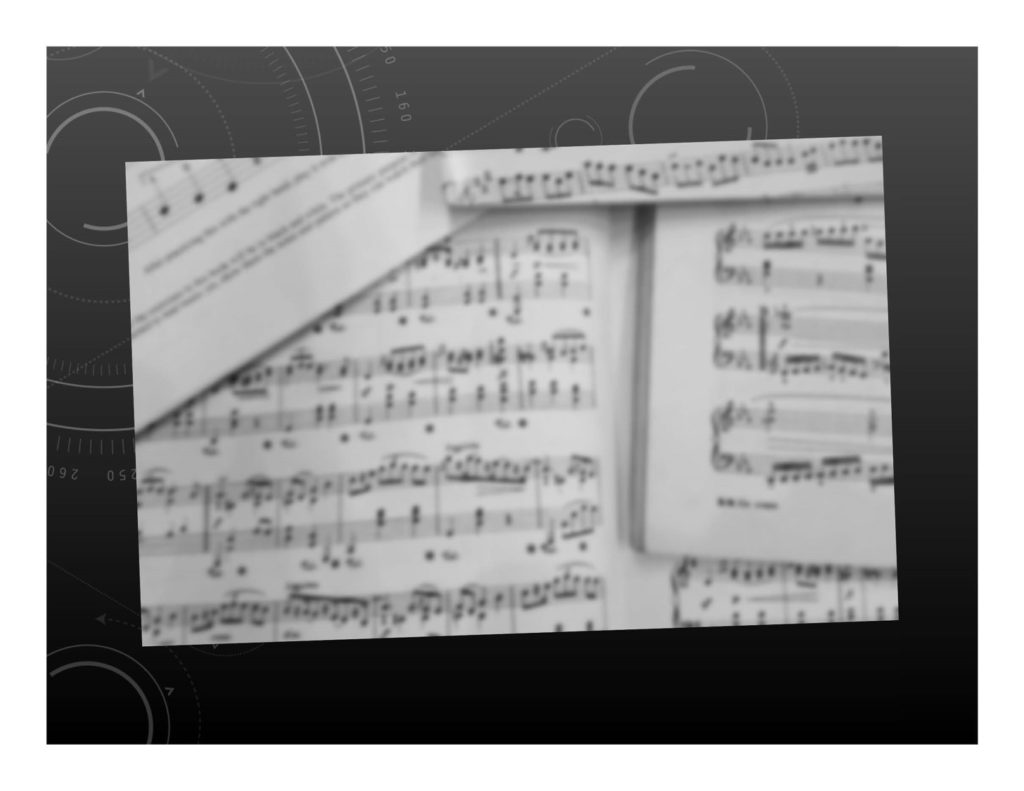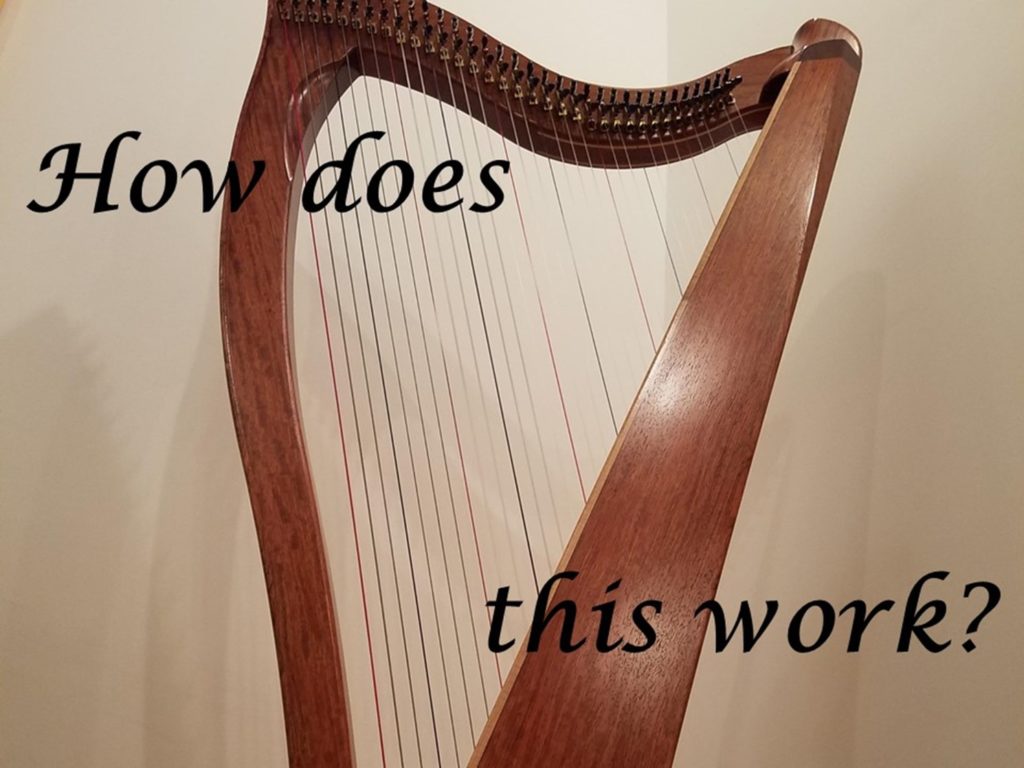One of the most interesting things you might hear a musician say is that they can’t learn by ear.
Ok, when I say interesting, I really mean odd (and maybe a little horrifying).
Because it is kind of funny that people who enjoy making and sharing sound admit that they don’t think of themselves as being able to learn via that same sound! And I’ve heard a lot of harpers say they are not able to learn by ear. Typically, I hear this as I prepare to teach them … you guessed it, by ear.
 But learning by ear is an important skill. It really is central to playing. And like any skill, it can be learned and needs to be practiced – and the more you do it, the easier it will feel and the better you will get at it.
But learning by ear is an important skill. It really is central to playing. And like any skill, it can be learned and needs to be practiced – and the more you do it, the easier it will feel and the better you will get at it.
You might be one of those who resists learning by ear. You might wonder why you should bother. After all, there’s loads of written music and it tells you everything you need to know. Or you might not be interested in playing traditional tunes, focusing on classical or modern music – and that’s all written*.
But there are loads of reasons to learn to play by ear:
- You will learn music faster. After all, making music is an auditory activity, so listening is pretty much essential!
- You will think about the music differently (than if you’re simply reading). Of course, when you look at the music you see relationships of the notes and rhythm, but when you listen you perceive those relationships differently and detect other relationships.
- You might just be more playful and creative with the music – without the tyranny of the dots telling you what you must do, you might just branch out and play what you feel rather than what’s written.
- You may learn things about your instrument while you’re playing (and maybe about yourself?).
- You will learn to hear. Really hear, not just listen.
- You will become a better musician (ear training is taught at conservatories!).
- You will understand theory better – because you’ll be experiencing it in a new way.
- You will gain confidence as you become more proficient…and you’ll not be held back by a lack of (sheet) music again!
All this for the low, low price of – listening.
Just listen.
Don’t be fooled – it isn’t easy at first. The first tune I learned from a CD took me forever. I had listened to it a lot, than then I started counting… I listened to the tune over 1000 times (after I started counting). I’d get lost. I’d be listening and then realize I was enamored with the accompaniment and hadn’t been listening to the melody. Or I couldn’t tell the parts apart (not realizing it was a four-part tune not a two parter). Even now, when I listen to music, I hear it in layers (and the most important layers hide from me until last … maybe I should have been a drummer?).
You’ve probably been told,
“If you can sing (or hum) the tune, you can play it”
If so, you have been given the nugget to begin to understand how this works. When you can sing the tune, you know the pitches, the relative lengths of those pitches, and the relationships of the pitches to one another (up or down to the next one? a small interval or a large one? a third or a sixth? (ok, that last one takes more practice)). But think about it – if you “can’t learn by ear” and I challenged you to find Twinkle Twinkle Little Star – you could do it. You know the tune and that’s a big part of the challenge. When you know where it’s going, you are a long way down the road of playing the tune!
Now, to find Twinkle, you might have to do some picking at the harp. After all, if learning by ear is new to you, you’re not practiced at finding the first note, nor are you adept at identifying intervals (yet). But you can find the tune (even if by trial and error) … because you know how it goes. And that’s all you need to get started.
Let’s not put lipstick on a pig – it does take practice and it can be frustrating. But stop comparing yourself to that person sitting next to you at a workshop – just keep at it. Practice on your own. Hear, hear. Listen and Hear. Start with something you can sing – and go from there.
If you want to build up your ear, practice, just like everything else we do –
- Start by finding a tune you already know – Twinkle? Happy Birthday? Frere Jacques? Memory (from Cats)? Back in Black (from AC/DC)? What it is doesn’t matter as long as you actually know it and are patient enough to pick it out on your harp. I’d suggest you start with simple children’s tunes – they are designed to be easy to learn!
- Be patient – you’re trying to capture and recreate an entire conversation (or soliloquy) – give yourself permission to take your time. And even if you’re a product person, try to enjoy the ride…because this ride will take you to many destinations!
- Keep track of your progress. Remember that learning by ear is more than just finding the tune on your harp – this is just a first step to playing new music.
- Don’t be afraid to mess up – if you really know the tune (can sing it) then you’ll get back on track quickly. And if you don’t – you’ll need to go back and practice listening to it more, but you also might find some cool stuff on your harp along the way.
- Don’t forget to record it – use whatever mnemonic devices you need to keep what you’ve found available to you.
- Like everything else we do, the more you do this, the easier it gets. But if you avoid it, when you “have to” do it you will not only not have that practice under your belt, but that lack of practice will chivvy away at your confidence.
Hear hear – work on learning by ear. You CAN do this! It might be a challenge, but you can do it. Focus on the music rather than on the voice in your head telling you that you can’t.
What are you learning by ear? How’s it going? Let me know in the comments below! Are you hopelessly lost or so frustrated you can’t speak? Let me know and we can schedule a lesson – I’d love to help you!
*BTW – classical musicians also learn ear training. Never mistake written music for instructions. If you learn to think of it as a “cheat sheet” – a quick and easy memory aid – you’ll temper your love affair with the staves! More on that another time.

